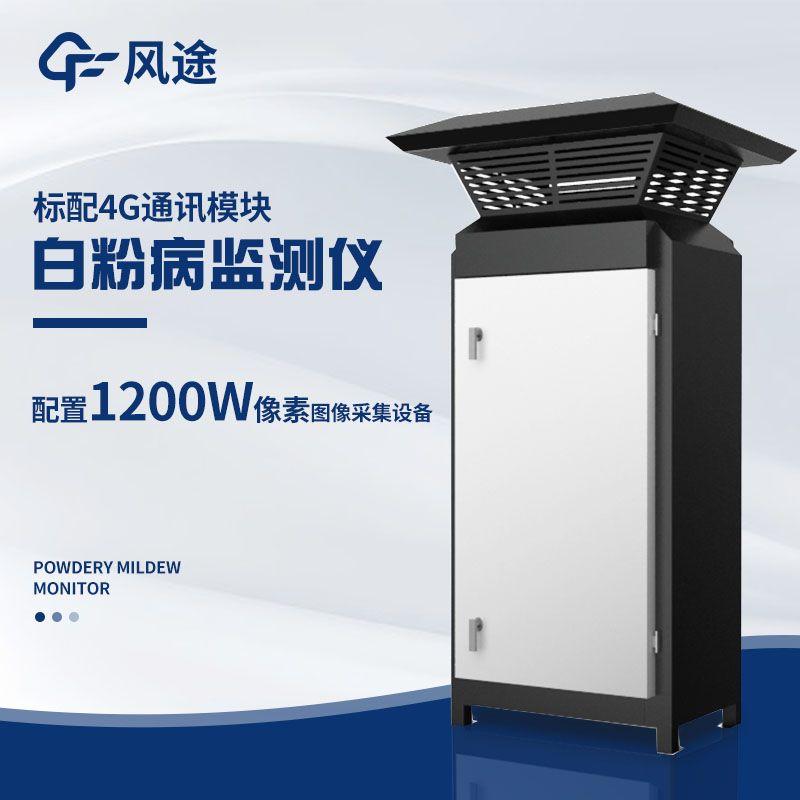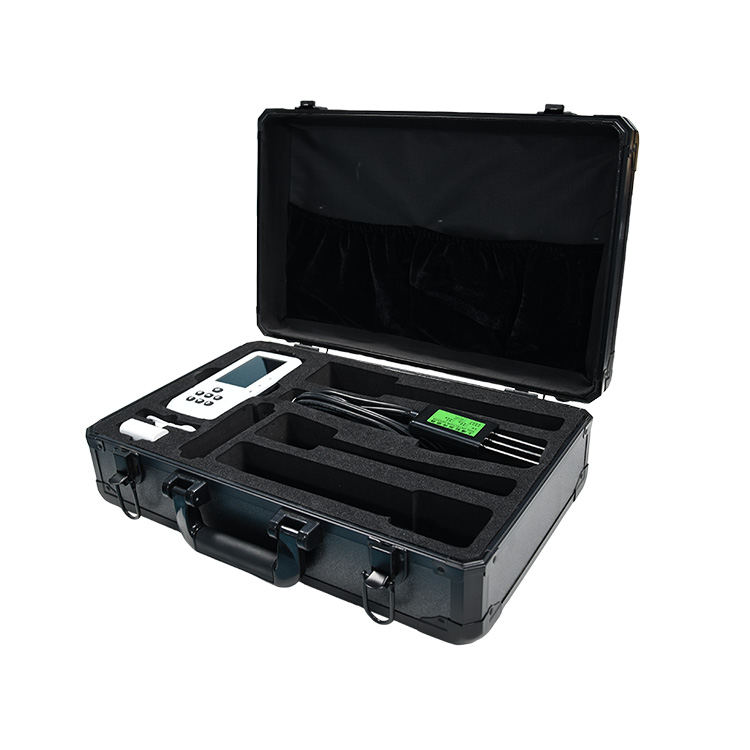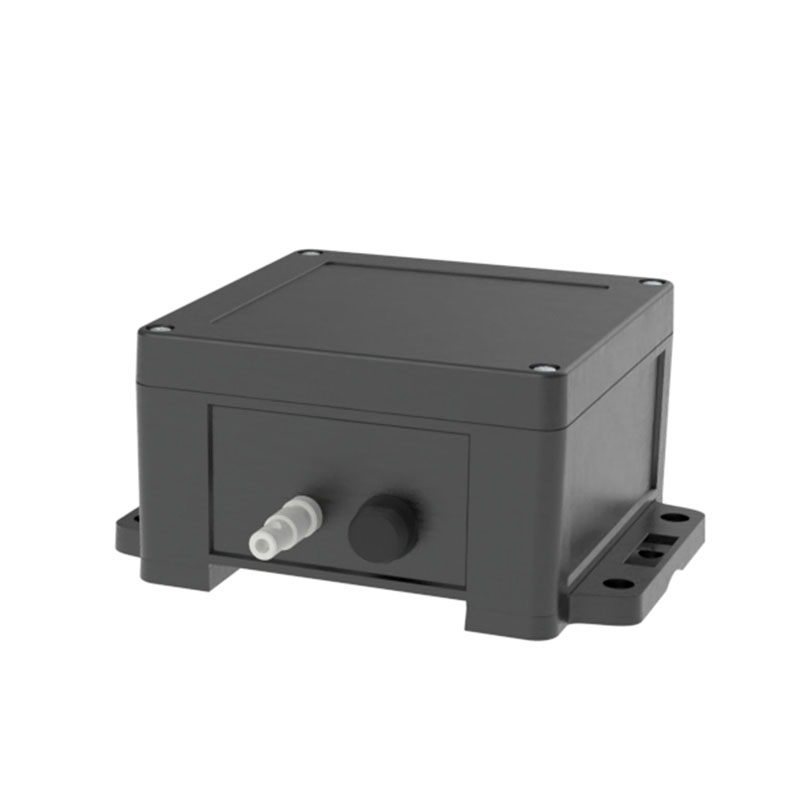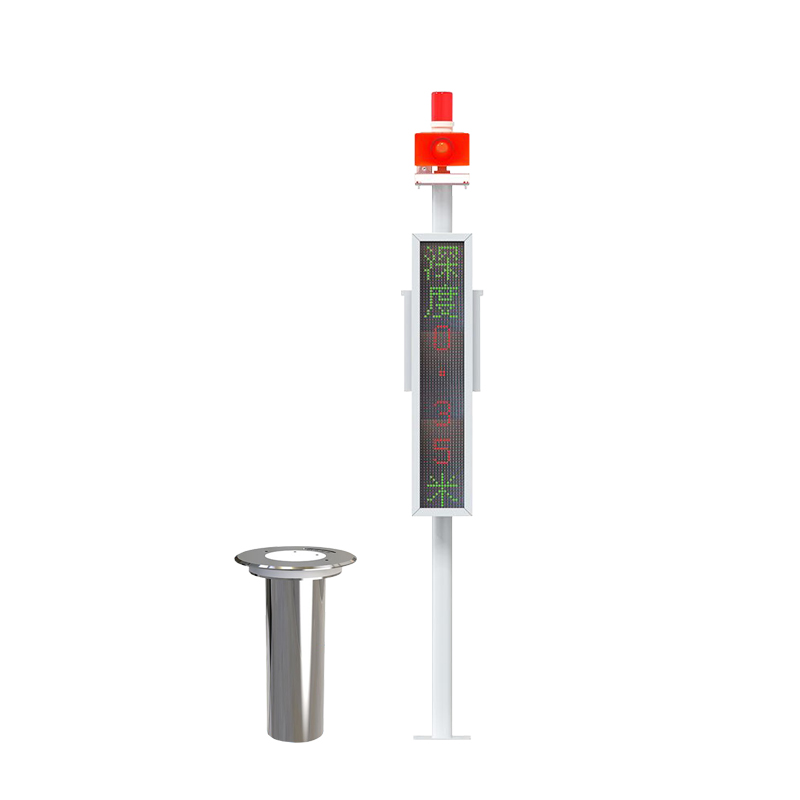In warm, humid environments, wheat is susceptible to powdery mildew, which is characterized by the appearance of white mold on the leaves of the wheat, which, when intensified, extends to the spikelets, including the glumes and awns of the spikelets. The disease is initially visible on the lower and middle leaves of the wheat, then spreads upwards and may eventually affect the flag leaf, which not only reduces the yield of the wheat, but also its quality.
The powdery mildew monitor is a new device that automatically monitors weather conditions and powdery mildew spores in wheat fields. It predicts disease occurrence by collecting data and automatically captures images of spores. The device includes meteorological monitoring, spore capture and image acquisition components, and can be operated remotely and upload data automatically. This helps farmers keep abreast of the disease and effectively prevent and control powdery mildew.
The device has a 15-inch high-definition touch screen with a user-friendly interface using the Windows operating system. It has a 12-megapixel micro-imaging system that automatically captures and photographs disease spores with image clarity sufficient for manual identification. The device is able to work automatically 24 hours a day, automatically selecting the best images to upload. Built-in intelligent micro-imaging system automatically adjusts the shooting angle to realize comprehensive imaging. Supports multiple working modes, including automatic, timed and debugging modes. Built-in BeiDou/GPS positioning, real-time uploading of equipment information to the platform. Real-time monitoring of meteorological indicators and prediction of diseases through internal modeling. Supports remote control of device operation, automatic program update, multiple data access modes, including PC and mobile APP. 4G communication as standard, 5G optional. with self-diagnosis of faults and traffic alarm function, optional solar power management.

This paper addresses:https://fengtusz.com/industry/411.html









